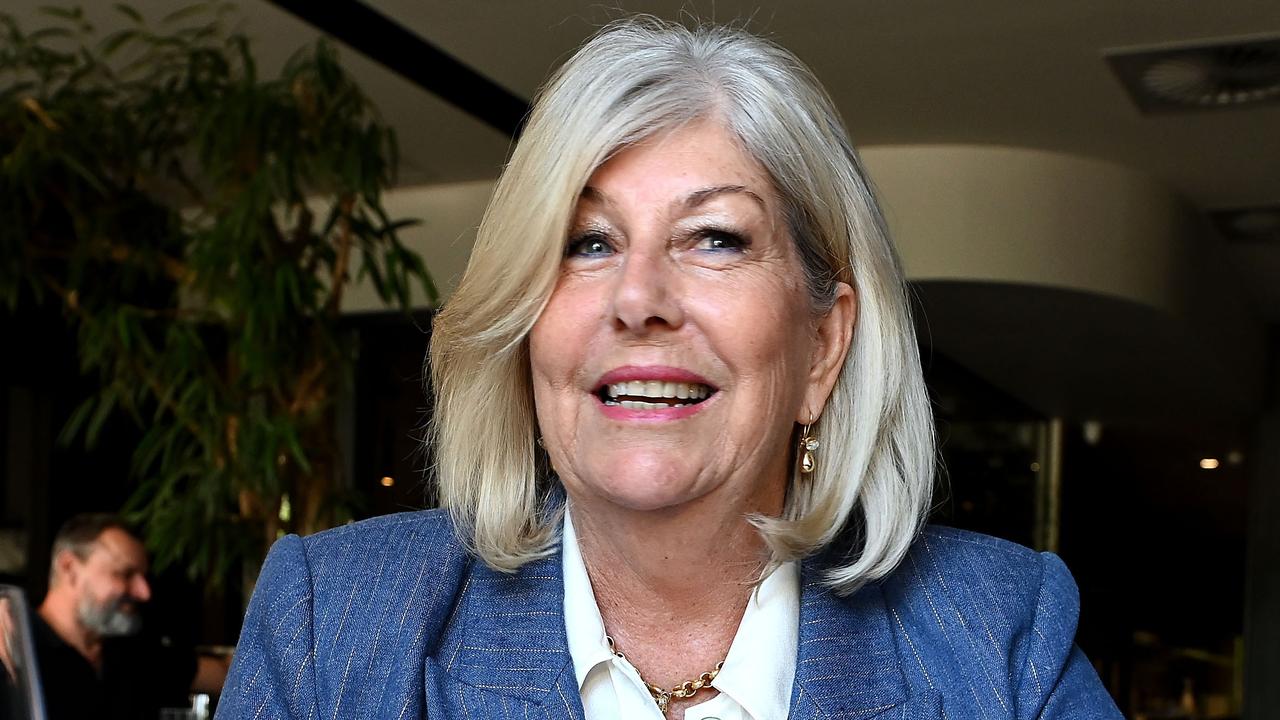Where does our cooking oil, Weet-bix and fluffy jumpers actually come from?
Queensland farmers feed and clothe the nation but are often underappreciated. We tracked down the state’s largest crop farms to see who’s doing the heavy lifting. SEE FULL LIST

QLD Business
Don't miss out on the headlines from QLD Business. Followed categories will be added to My News.
When you walk into Coles, Woolies or Kmart the fluorescent lights and polished floors make it hard to imagine that some of the stuff we eat and wear was once pulled out of the ground.
Queensland alone accounts for roughly 30 per cent of Australia’s cotton production, more than 90 per cent of its sugar and huge sways of grain, fruits and other crops – so where does it all come from?
We tracked down the state's biggest producers to see where exactly our food and clothes are being grown.
CUBBIE STATION, DIRRANBANDI – 93,700 hectares
Located at Dirranbandi just south of St George, Cubbie Station is Australia’s largest cotton producer sitting across 93,700 hectares.
Responsible for roughly 10 per cent of Australia’s cotton production the western Queensland station also grows wheat, chickpeas, sorghum, barley and corn.
Originally a grazing property, Cubbie transitioned to irrigated cotton in 1983.
The station made headlines in 2019 when communities downstream attributed prolonged droughts and disastrous fish kills with water abuse from Cubbie and similar cotton producers.
Later that year Cubbie CEO Paul Brimblecombe invited local councillors and stakeholders to tour the property to showcase the lack of water anywhere.
Between 2019 and 2022, an agricultural fund managed by Macquarie Asset Management, purchased a staggered 49 and 51 per cent stake in the station.
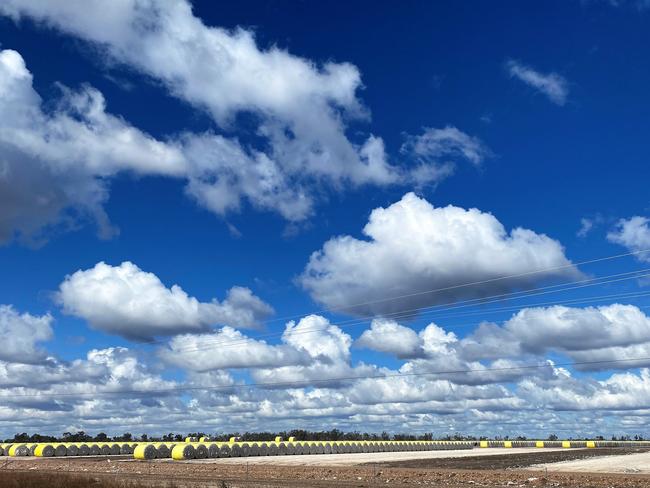
ST RONANS, MT SURPRISE – 44,000 hectares
This Far North Queensland property has a unique combination of wind energy, cropping and cattle production near the western township of Mt Surprise.
In recent years the property has transformed from a cattle operation to an expanding cropping based farm that made history as one of the first farms to grow dryland cotton in Far North Queensland.
The property was placed on the market in late 2024 and was expected to sell for around $70 million.
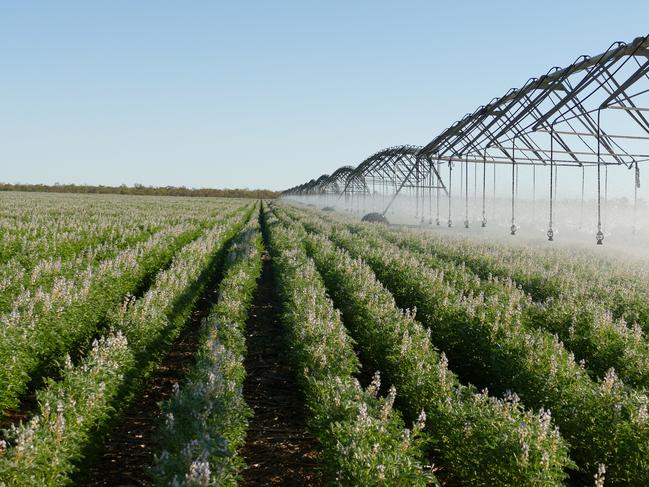
WORRAL CREEK AGGREGATION, TALWOOD – 26, 857 hectares
Recently sold for a whopping $350 million this gigantic property grows an assortment of cotton, wheat, barley, chickpeas and sorghum about an hour west of Goondiwindi.
Nestled between two major rivers in south west Queensland, the properties were purchased in 2024 by Melbourne based Warakirri Asset Management and Alkira Farms, a subsidiary of the US investment company Farmland Reserve.
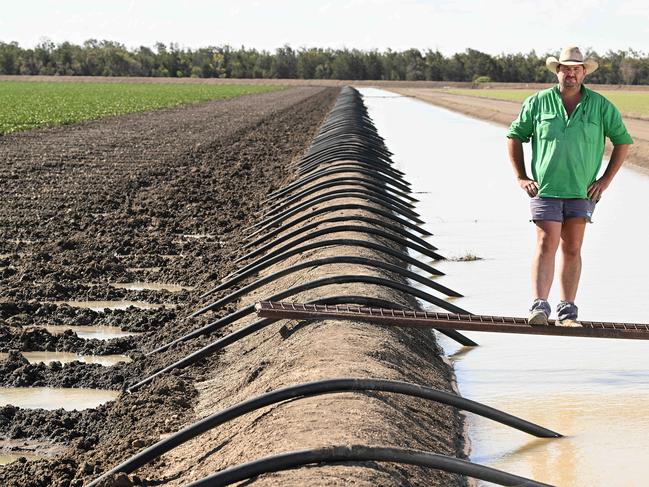
KINBEACHIE FARMS, TOOBEAH – 11, 228 hectares
Kinbeachie farms is made up of four nearby farms that produce irrigated crops like wheat, barley, canola, chickpeas, faba beans and sorghum.
Split over 11, 2289 hectares the property sits west of Goondiwindi in favourable dry cropping country, receiving around 550ml of annual rainfall.
In October 2024, the property was put up for sale by the then owners the Canadian Pension Fund for a price around $65 million.
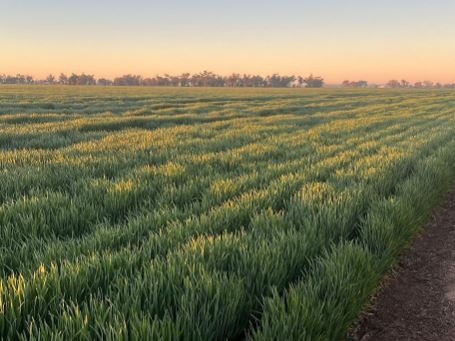
COWAL AGRICULTURE, EMERALD – 5,000 hectares
Owned by agriculture fund Macquarie Asset Management, Cowal Agriculture comprised of 5,000 hectares of cotton, mung bean, sorghum, chickpeas and wheat crops.
The property sits along 12 kilometres of frontage to Nogoa River and is a culmination of smaller family farms that have been purchased by the agricultural investment fund for up to $120 million in 2022.
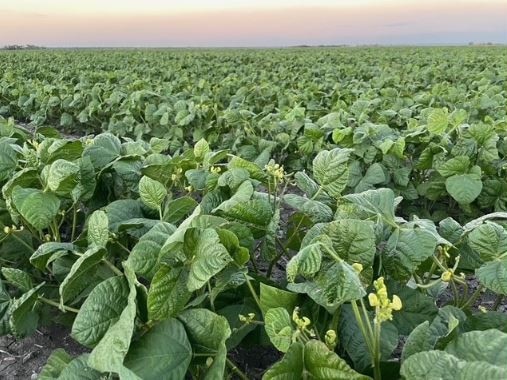
CODENWARRA WEST, EMERALD – 3,403 hectares
Situated nine kilometres west of Emerald the irrigated and dryland cropping operation grows grain and cotton.
Purchased for around $22.7 million in 2023 by The Galea Family, a prominent agricultural family across central Queensland, the property lies at the junction of Nogoa River and Theresa Creek.
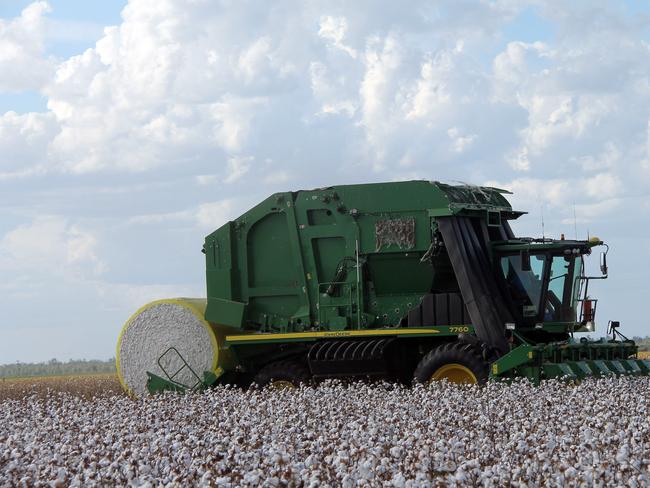
BOONGARGIL, BORDER RIVERS – 4,256 hectares
Boasting fertile soil and advanced irrigation, Boongargil sprawls across more than 4,000 hectares of irrigated cotton and dryland crops 60 kilometres west of Goondiwindi.
In 2024, Chinese owned CK Life sciences put the property on the market for $35 million after eight years of ownership.
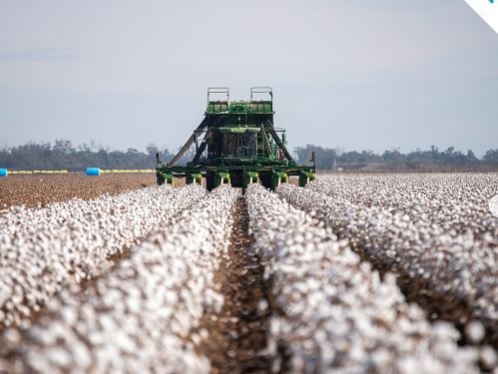
TIM GERSBACH PROPERTIES, CAPELLA- 4,000 hectares
Tim Gersbach farms 4,000 hectares of land north of Emerald in Capella, central Queensland.
With his wife Courtney and two young children, Mr Gersbach crops wheat, chickpeas, mung beans and Sorghum.
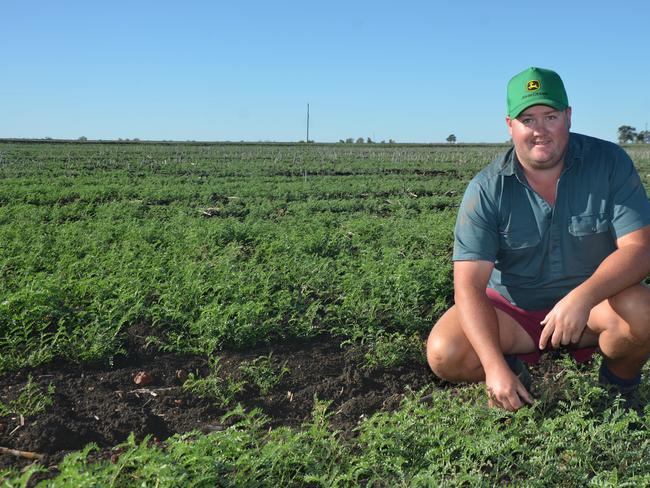
WILMAR FARMS, BURDEKIN – 3,800 hectares
Wilmar is one of the Australia’s largest sugar producers and processors, with properties across the Burdekin, Proserpine and Sarina regions and supplying roughly 10 per cent of the nation’s sugar.
The companies Burdekin farm is by far the largest property, spanning 3,800 hectares and producing 320,000 tonnes of sugarcane each year.
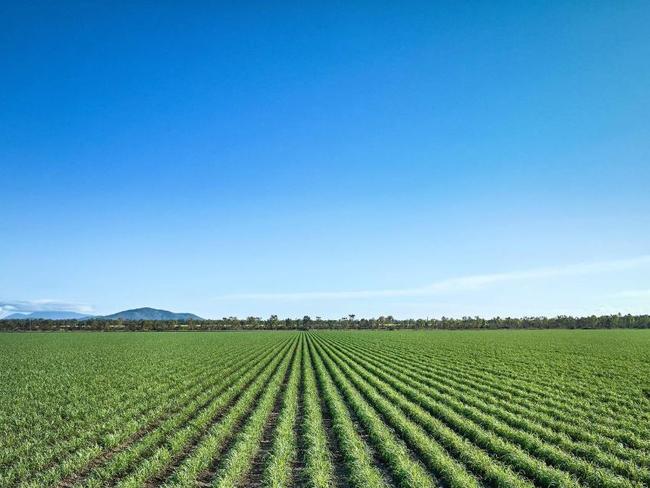
CORISH FARMS PTY LTD, GOONDIWINDI – 4,000 hectares
Nigel and Vanessa Corish cultivate 4,000 hectares of wheat, barkey, chickpeas, sorghum and cotton near Queensland’s agricultural hub Goondiwindi.
Since 2014, the couple have focused on sustainable soil management and carbon sequestration and even won the 2023 Weekly Times Coles Farmer of the Year award for their innovation in the space.
In a 2023 interview with the Weekly Times, Mr Corish explained that the couple were trying to increase the amount of carbon being absorbed in the soil to drive productivity and counteract emissions.
“Sustainability is certainly an emerging aspect of Australian agriculture, and it’s good to be at the forefront or leading edge of those conversations,” Mr Corish said.
“I think a lot of farmers are either hesitant, if not afraid, of going down the sustainability track, so I think education is going to play a huge role moving forward.
“I think soil carbon will be more valuable in the coming years, and at some point in time farmers will need to be accountable for their emissions, so I’d rather be banking credits now in case we need to use them in the future.”

LITTABELLA PINES, BUNDABERG – 1,200 hectares
The Steemson family are Australia’s largest supplier of canned pineapples hauling 7,000 tonnes of the spiky fruit from their Yandaran property each year.
Littabella Pines was predominantly a watermelon, pumpkin, sweet potato and sugar cane enterprise but harsh droughts in 2002 led John and Linda and sons Daniel and Justin to plant less water intensive options.
More than 20 years later Pineapples now make up 75 per cent of business and the operation has grown to employ 25 people in peak periods.
In a 2023 interview with The Weekly Times, pineapple grower John Steemson said the operation needed more than a dozen people picking fruit during harvest.
“We can harvest an average of about 70 tonne of fruit a day with 17 people,” he said.
“That would be about 3.5 semi-trailer loads with the average maiden pineapple about 1.5kg.”
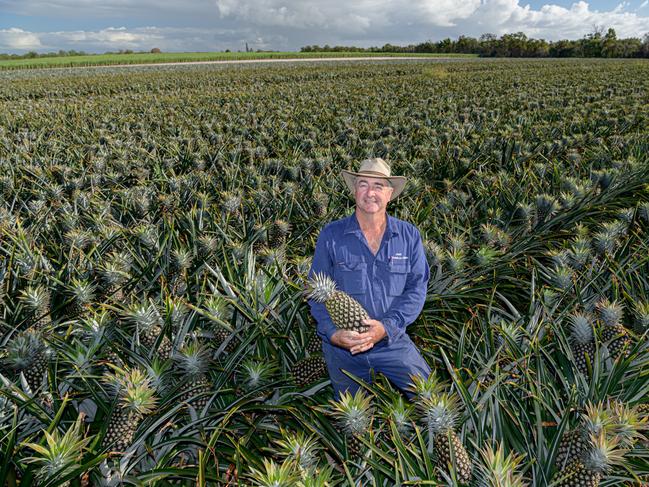
WARRA WARRA FARM, WARRA- 3,073 hectares
Purchased by Gina Rinehart’s Hancock Agriculture, the 3,073 hectare property sits outside Dalby and produces cotton, mung beans, barley, chickpeas and wheat.
The 2022 acquisition was thought to be the companies first dedicated cropping property in an attempt to diversify one of the Australia’s largest cattle portfolios.
Ms Rinehart is Australia’s richest woman and one of the worlds largest private landholders owning more than 1.5 per cent of the countries total land mass.
EVERGREEN FARMS, EMERALD – 3, 793 hectares
Located near Emerald, Evergreen was one of Australia’s largest grape and Lychee producers in the country operating over nearly 4,000 hectares.
In 2023, the established farm was sold to Argyle Capital Partners for around $70 million.
Under previous ownership the property was known for its variety of seedless grapes which were sold to major retailers.
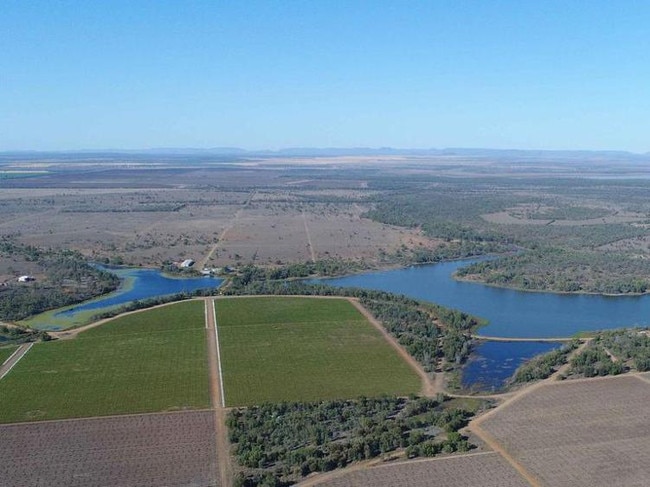
WYADRIGAH, MUNGINDI – 3,600 hectares
Owed by the Barlow family, Wyadrigah is a carbon neutral cotton farm that lies on the New South Wales – Queensland border town of Mungindi.
Unlike many farms, Anthony Barlow has significant riparian vegetation along his property which reduces soil erosion and supports critical biodiversity.
After participating in a benchmark biodiversity study in 2013, ecologists found that the remnant riparian vegetation sequestered roughly the same amount of carbon as the farm produced.
MACKAYS GROUP, TULLY – 5,861 hectares
Split over nine nearby farms in the Tully and Lakeland region Mackays is responsible for 13 per cent of the nations annual banana crop.
First planted on roughly half a hectare of Tully land in 1945, the humble operation has stayed in the family and now incorporates a whopping 5,861 hectares of nearby land.
The business employs upwards of 500 people during busy periods and includes a variety of dryland crops, avocado, lychees, cattle and of course bananas.
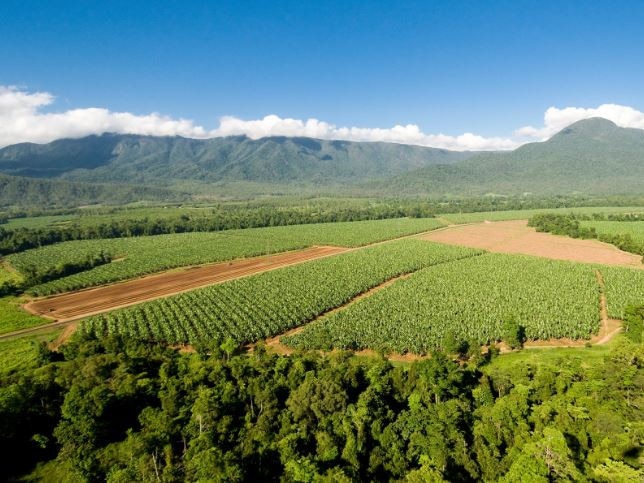
ETTA PLAINS AGRICULTURE, JULIA CREEK – 6,000 hectares
In one of Australia’s hottest and most remote locations Lucas Findley has found a way to grow cotton.
300 kilometres north east of Mt Isa, 6,000 hectares of land has been developed for dryland crops and bank-less irrigation.
Cotton has been grown in the north east before, but frequent dry spells and high transport meant historically the crop was not economical.
The closest gin for example, (where processors separate cotton from the seed) is over 1,000 kilometres away in Emerald.
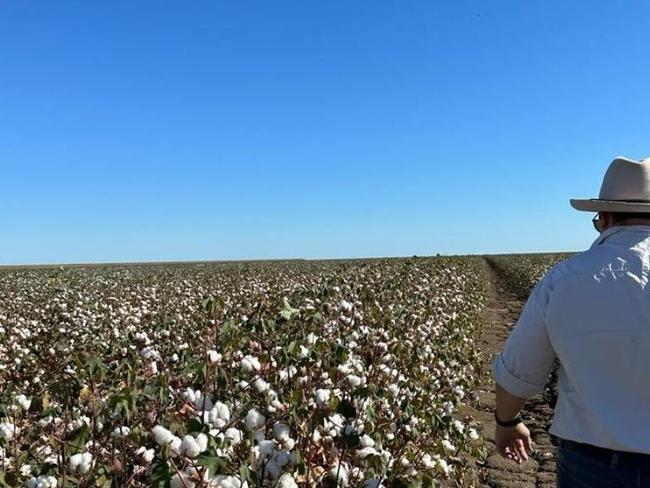
KOALA FARMS, DARLING DOWNS – 607 hectares
Founded back in 1990, Koala Farms has grown to employ 80 employees and produces around 25 million plants each year.
The Darling down farm cultivates spinach, lettuce, broccoli and rocket and supplies direct to all major supermarkets.
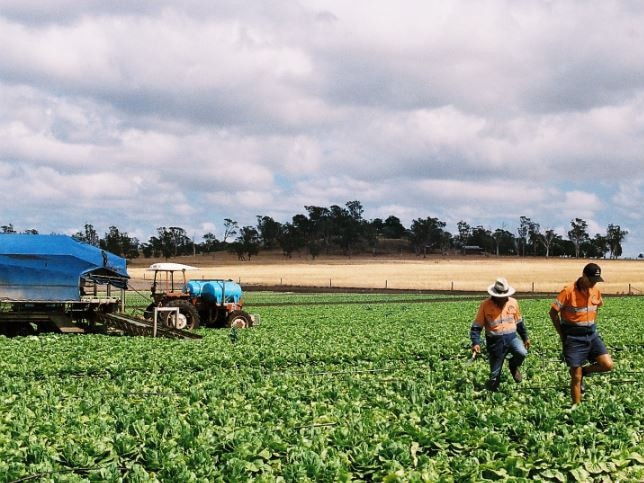
TOOROORA, DIRRANBANDI – 6,677 hectares
Boasting a mixture of dryland and irrigated crops Tooroora was a hot commodity when it hit the market in 2022, selling for more than $25 million.
The property grows cotton as well as wheat and grain crops in western Queensland just outside Dirranbandi.
Before purchase, Tooroora was owned and cultivated by the Sullivan family for 18 years.
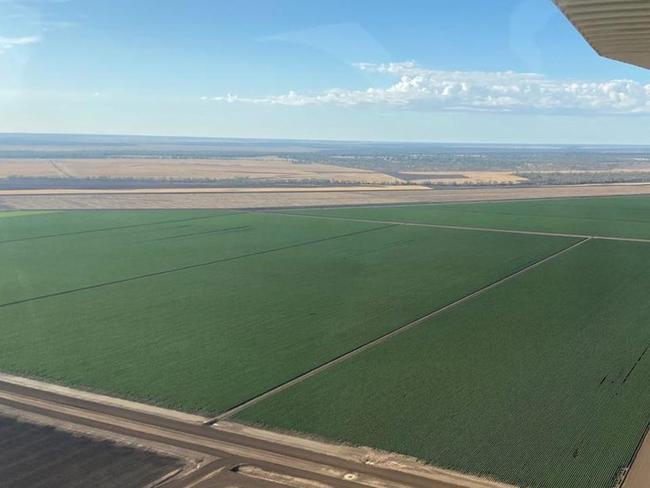
BUNGARRA STATION, CLERMONT – 3,400 hectares
Purchased in the 1980s Bungarra Station spans over 3,400 hectares across central Queensland.
Brendon Swaffer is the fifth generation of his family to pursue farming and grows a mixture of cotton, chickpeas, wheat and grain.



